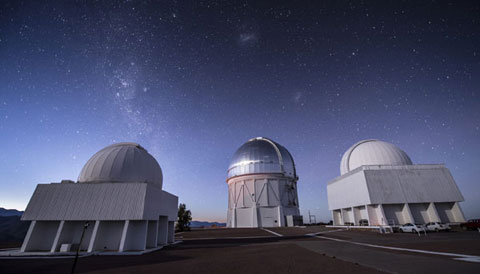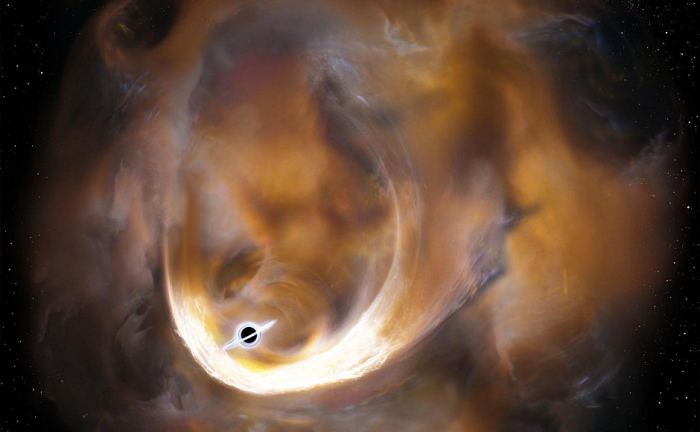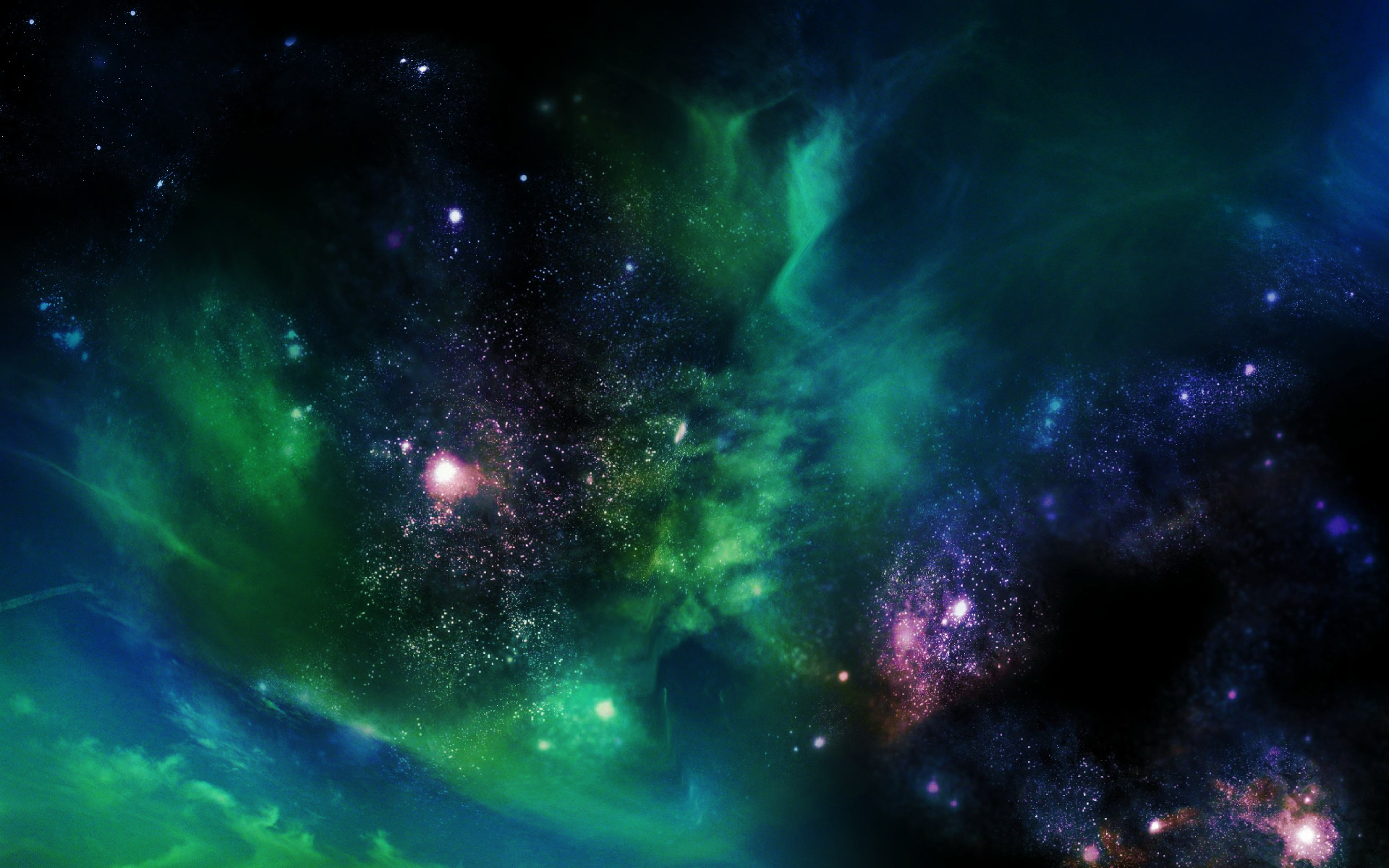
Results from the first data release of the Dark Energy Survey include eleven new stellar streams in the Milky Way galaxy.

Looking to the center of our galaxy, astronomers noted the presence of a mysterious filament extending from the supermassive black hole located there.

ALMA has revealed signs of eleven low-mass stars forming perilously close — within three light-years — to the Milky Way’s supermassive black hole, known to astronomers as Sagittarius A*.

VLBA achievement nearly doubles the previous record for distance measurement within our galaxy.

A team of researchers from japan have found evidence of another massive black hole near the center of the Milky Way Galaxy.

A new study by a team from US indicates that black hole mergers could be very common, which has implications for the study of black holes and gravitational waves.

Our galaxy could have 100 billion brown dwarfs or more according to a recent survey of dense star clusters

A presentation at the June 6th AAS meeting confirms that our galaxy is inside an enormous cosmic void, the largest one ever discovered.

Astronomers have discovered a giant cosmic void that explains why our Local Group of galaxies is moving through the universe as fast as it is.

Although there are no seasons in space, this cosmic vista invokes thoughts of a frosty winter landscape. It is, in fact, a region called NGC 6357 where radiation from hot, young stars is energizing the cooler gas in the cloud that surrounds them.

An international team of astronomers has discovered a previously unknown major concentration of galaxies in the constellation Vela, which they have dubbed the Vela supercluster.

Using two of the world's largest configurable telescopes, scientists have created the most detailed map yet of hydrogen atoms the Milky Way.

The X-ray emissions were discovered by chance beyond the Milky Way and no one really knows what is causing them.

A star with the unassuming name of KIC 8462852 in the constellation Cygnus has been raising eyebrows both in and outside of the scientific community for the past year.

The European Space Agency is set to unveil a three-dimensional map of a billion stars in our galaxy that is 1,000 times more complete than anything existing today.